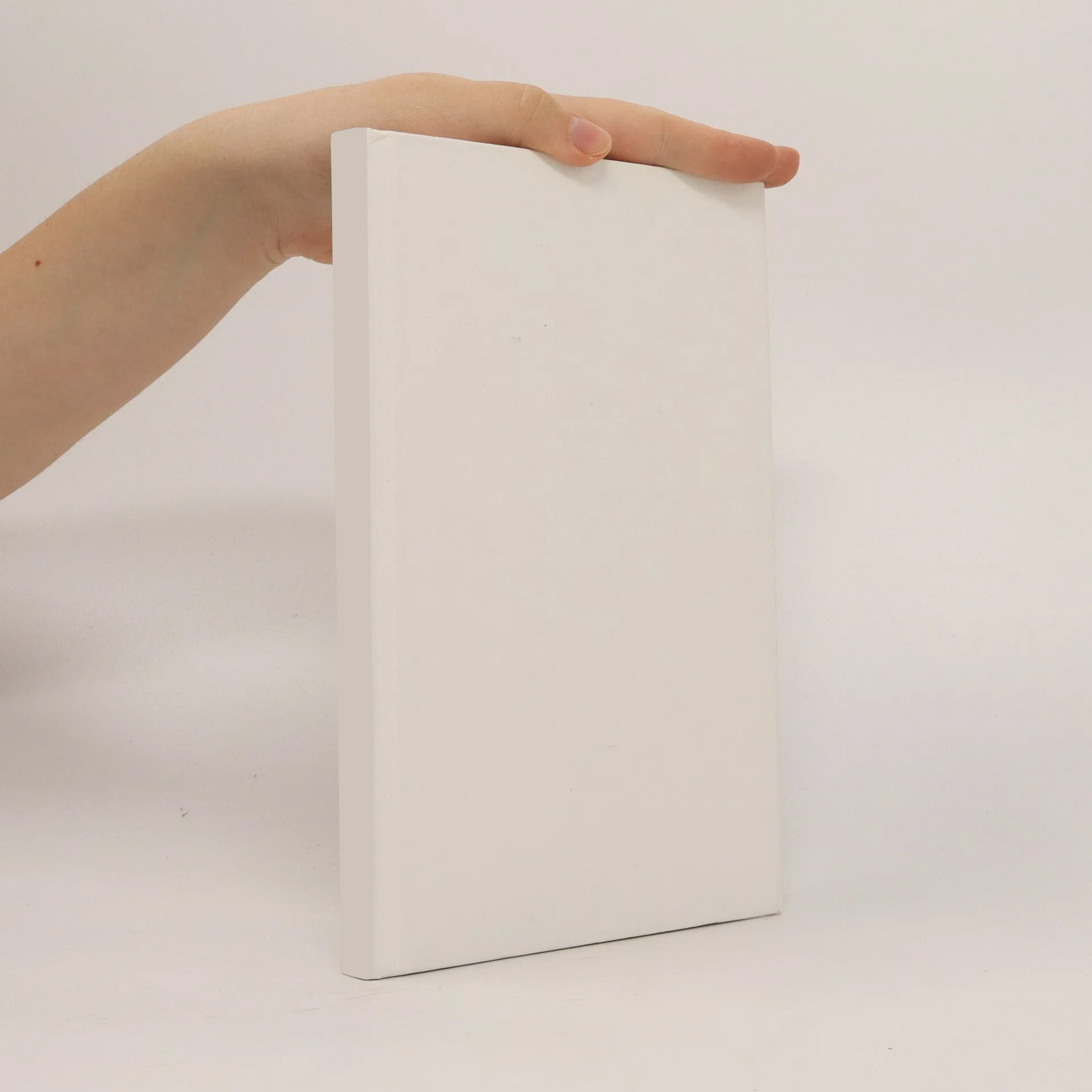
More about the book
This book represents the final reports of the scientific projects funded within the DFG-SPP1466 and, hence, provides the reader with the possibility to familiarize with the leading edge of VHCF research. It draws a balance on the existing knowledge and its enhancement by the joint research action of the priority program. Three different material classes are dealt with: structural metallic materials, long-fiber-reinforced polymers and materials used in micro-electro-mechanical systems. The project topics address the development of suitable experimental techniques for high-frequency testing and damage monitoring, the characterization of damage mechanisms and damage evolution, the development of mechanism-based models and the transfer of the obtained knowledge and understanding into engineering regulations and applications.
Book purchase
Fatigue of materials at very high numbers of loading cycles, Hans-Jürgen Christ
- Language
- Released
- 2018
- product-detail.submit-box.info.binding
- (Hardcover)
Payment methods
No one has rated yet.